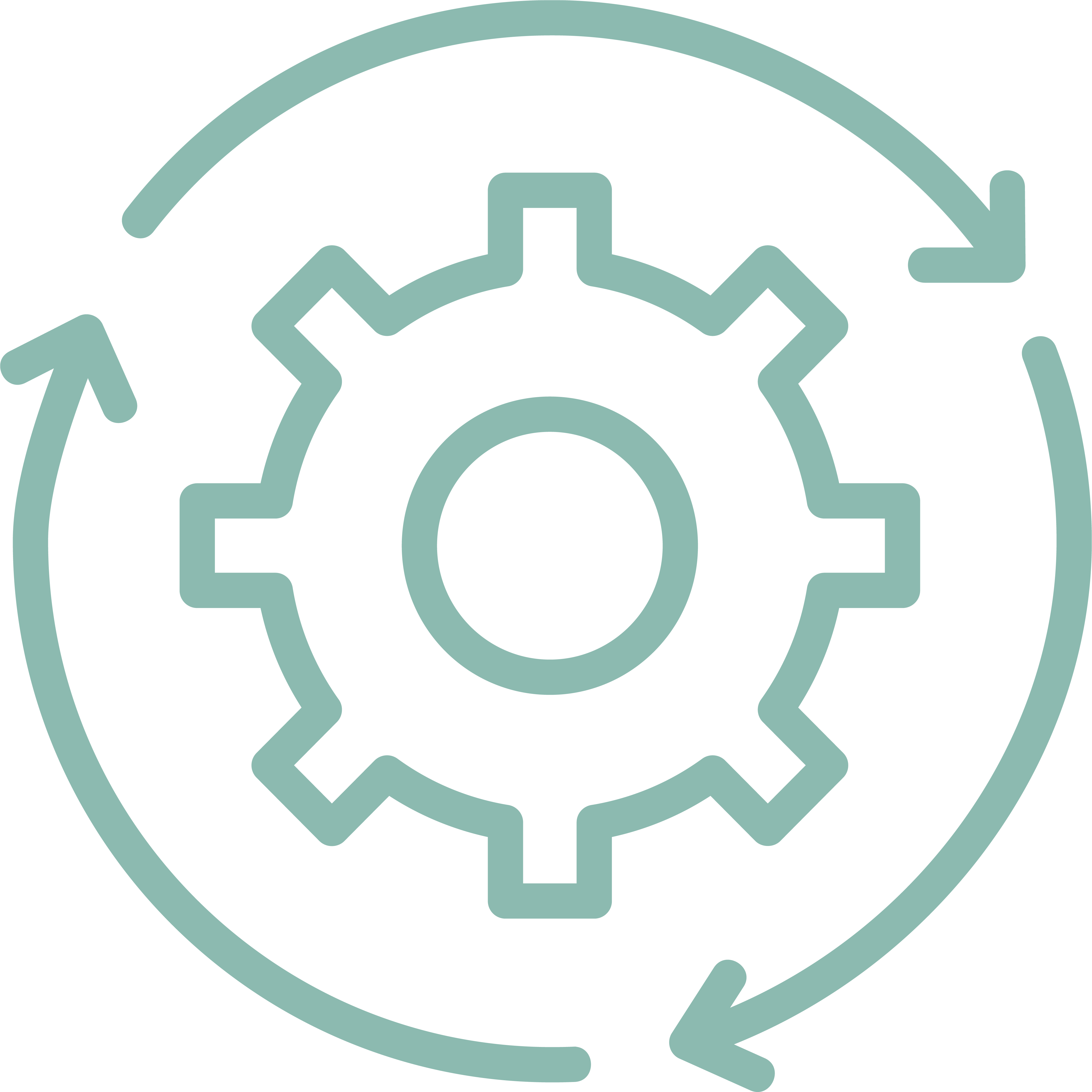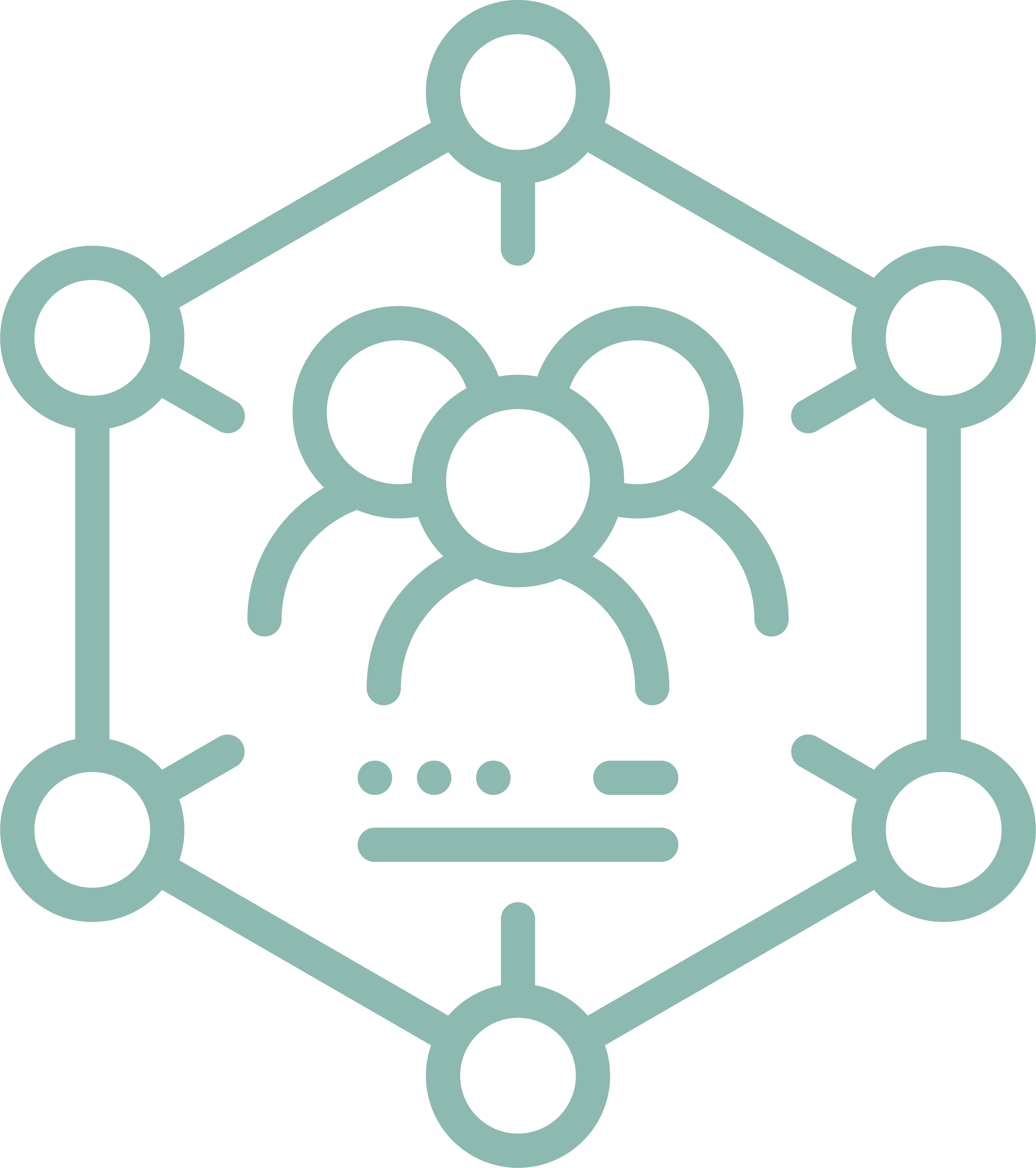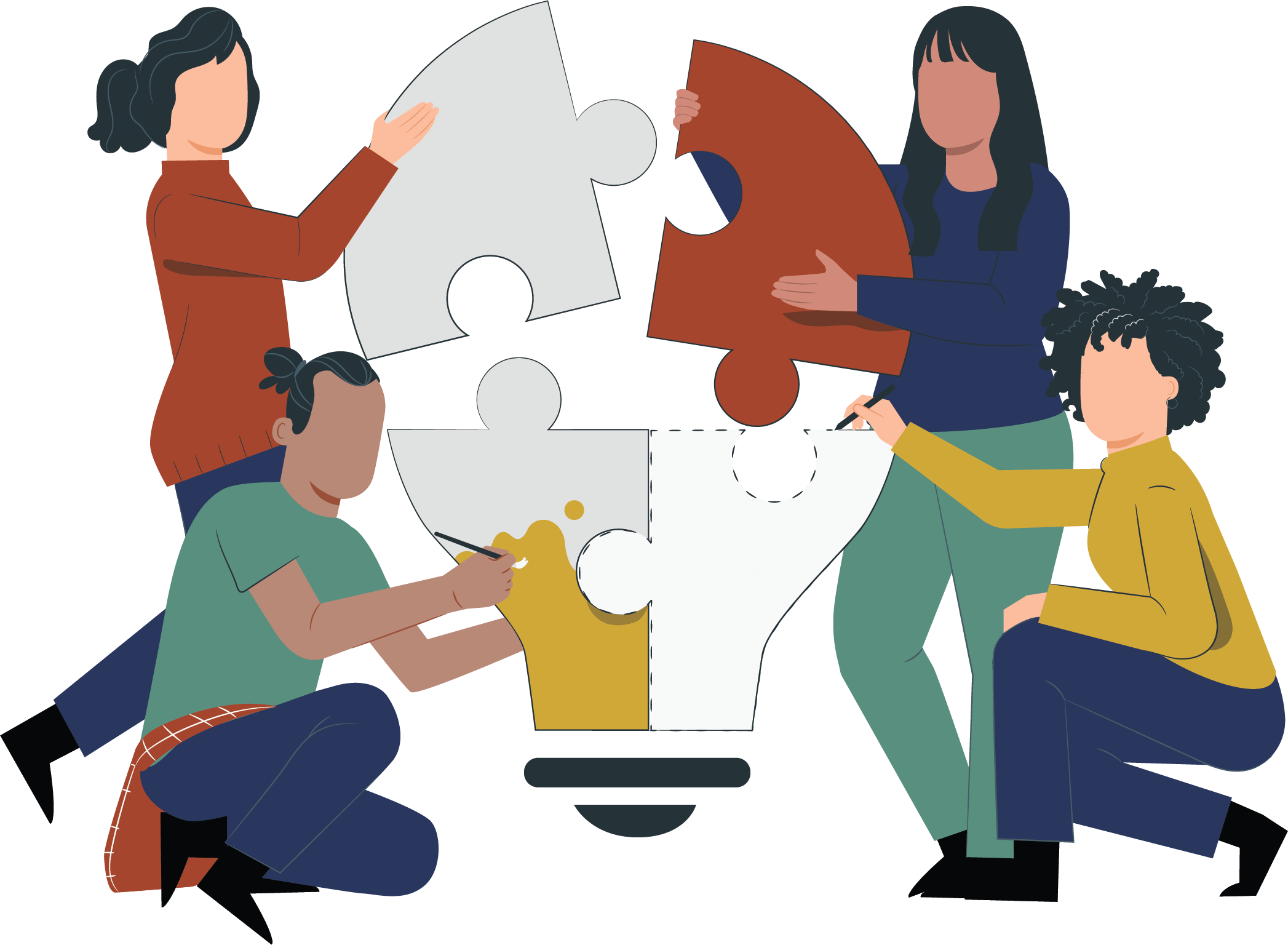workplace insights from decades of experience
understanding
workplace brilliance
WORKPLACE IS OUR PASSION
We are experts in workplace strategy and change. It's what we do all day, every day. We're always happy to share our approach and findings. If you would like to chat about how a workplace consultant could help to transform your business, let's sit down for a coffee.
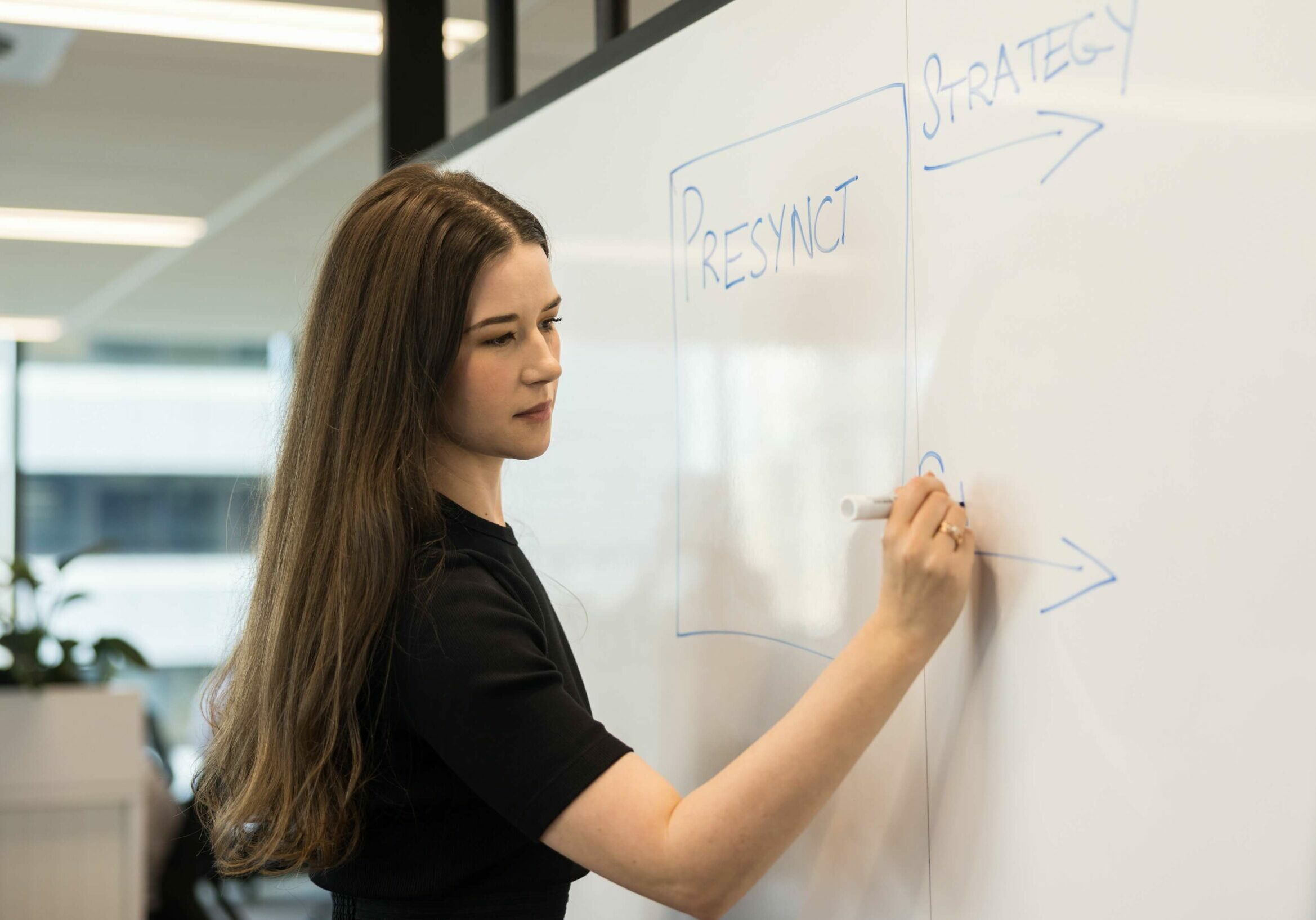
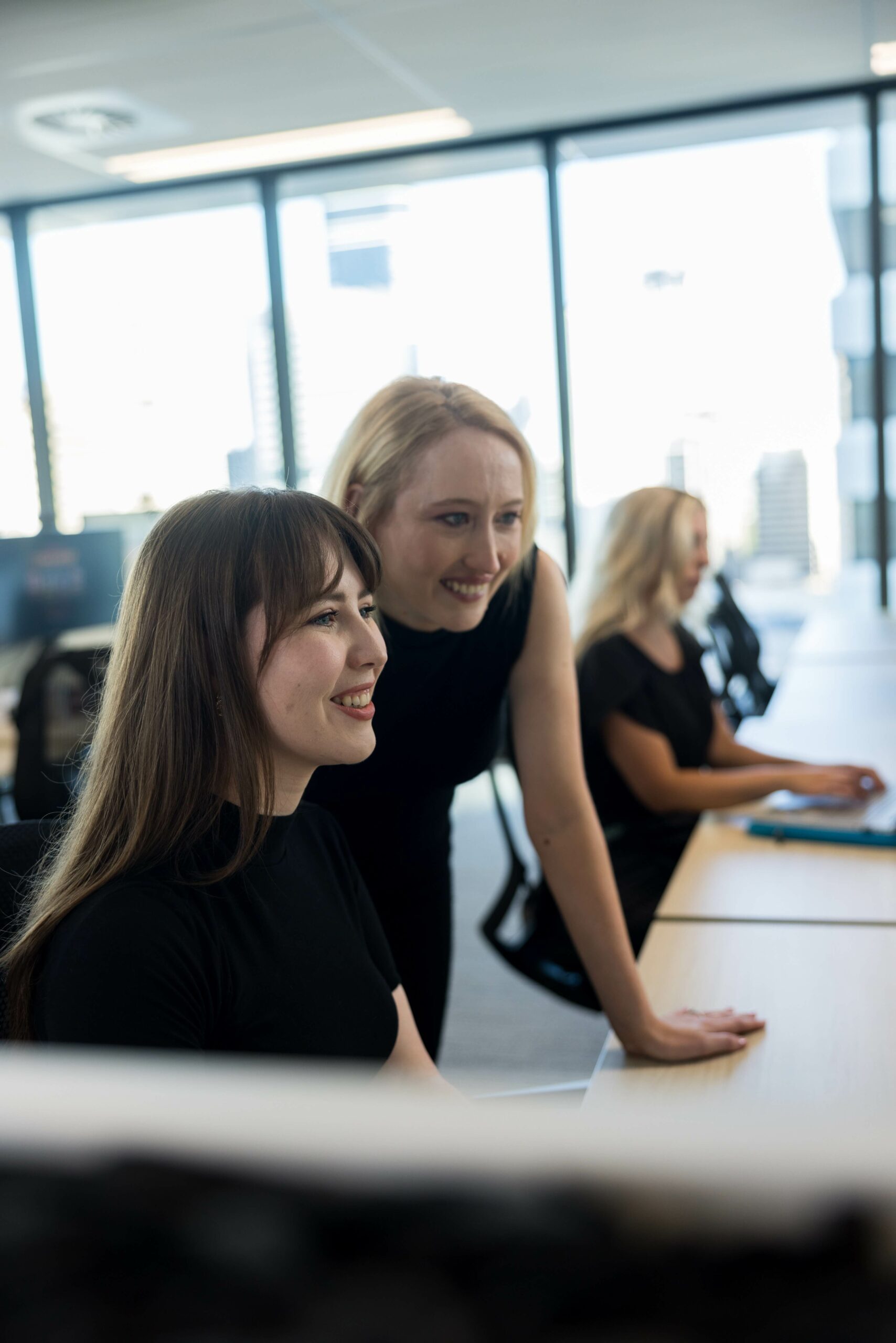
CAPABILITY STATEMENT
We shape workplaces to nurture brilliance. Our workplace transformations ultimately lead to better work outcomes and efficiencies.
RESOURCES
There are many reasons workplaces may change. We outline the most common and the benefits that can be achieved.
What is new ways of working? Is it just the same as hotdesking? What are the difference for my employees?
How have workplace design and our ways of working changed over the years?
Our approach to workplace change is underpinned by a number of defined change management theories.
There are many reasons workplaces may change. We outline the most common and the benefits that can be achieved.
What is New Ways of Working? Is it just the same as hotdesking? What are the difference for my employees?
How do you cope with a growing headcount if you have run out of space in your existing office?
Our approach to workplace change is underpinned by a number of defined change management theories.
Frequently asked questions
LET'S CHAT



